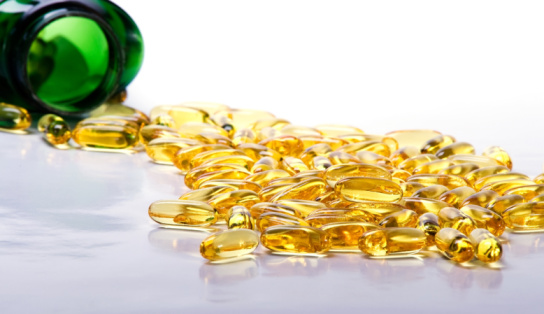
by admin | Nov 25, 2013 | Natural Facts
This unheralded protein plays a key role in keeping us together—literally The most abundant protein in the human body, collagen is also the main component of connective tissue such as tendons, ligaments, cartilage, bone, and blood vessels. As we age, the collagen-rich...

by admin | Nov 19, 2013 | Natural Facts
Despite what you may have heard, overcoming food cravings has nothing to do with willpower Oxygen, food, and water are the three main things we need to stay alive. If we’re deprived of any of them for a significant period (not very long, when it comes to oxygen), the...

by admin | Nov 19, 2013 | Natural Facts
Introduction: While many people are somewhat afraid of eating avocados because of their high fat content, research shows many health benefits being attributed to this wonderful fruit. Despite the dozens of varieties, the Haas avocado (Guatemalan) is the most popular...

by admin | Nov 19, 2013 | Healing Food Facts
Corn has become the quintessential symbol of the harvest season. Almost everyone grew up hearing the story of Native Americans sharing their knowledge of corn with the pilgrims, leading to the fabled first Thanksgiving. The earliest use of corn in Central America...

by admin | Nov 12, 2013 | Anti-Aging, Natural Facts
Introduction The long-chain omega-3 fatty acids EPA and DHA found in fish and fish oil supplements are absolutely critical to optimal brain function. A new study from the prestigious Oxford University in the UK found that the levels of EPA+DHA “significantly...








